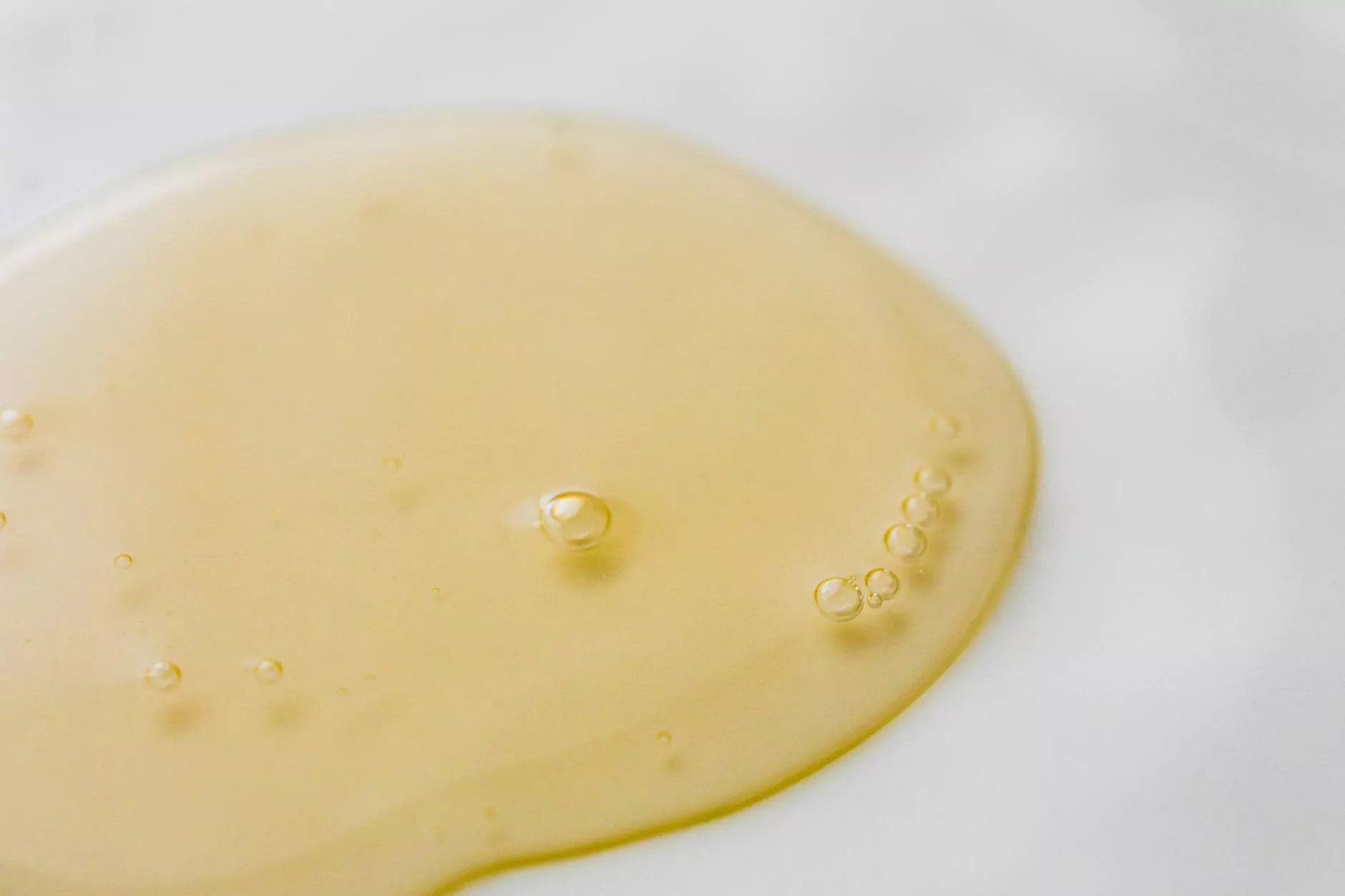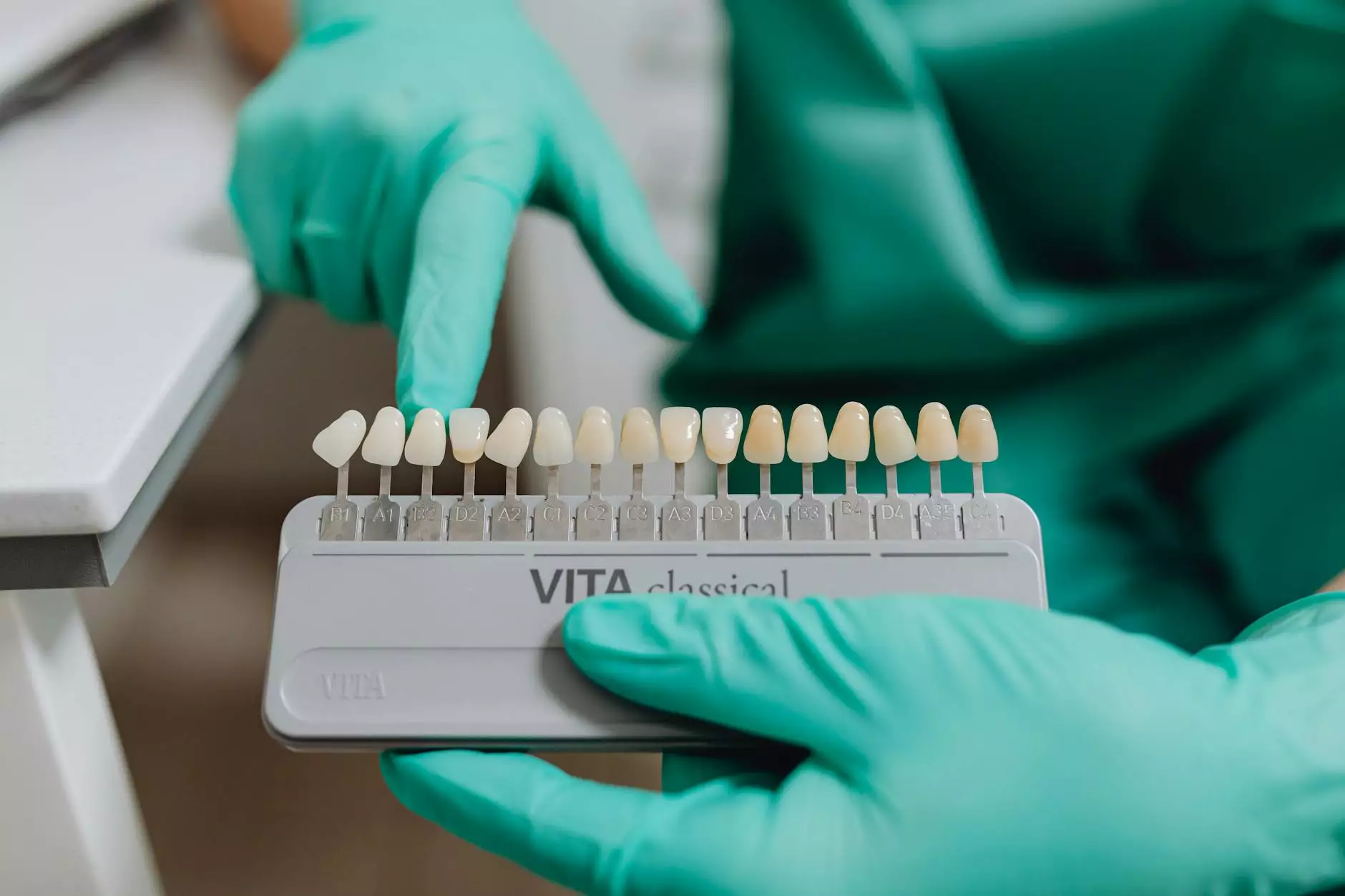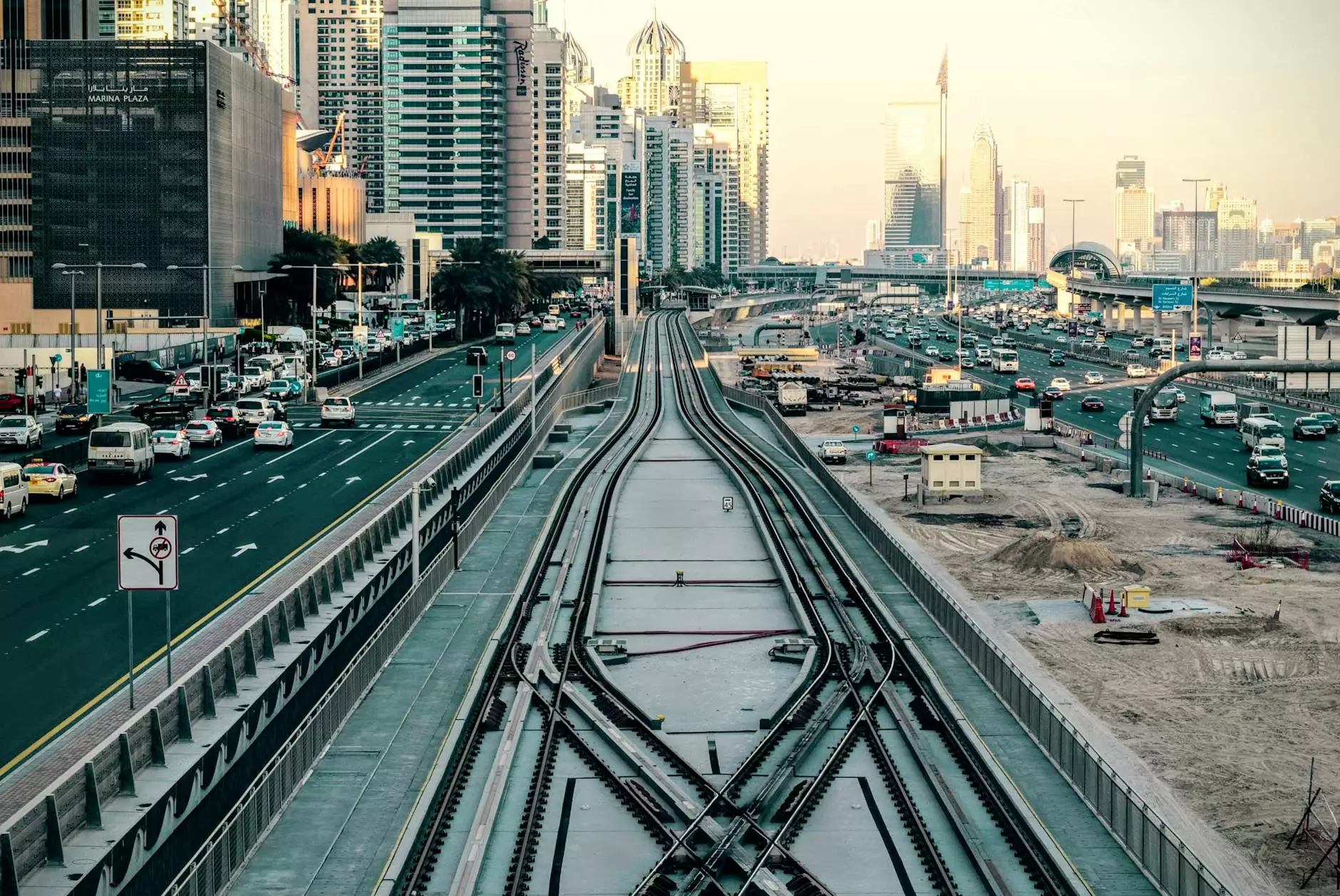Understanding Gastroc Vein DVT: Causes, Symptoms, and Treatments

What is Gastroc Vein DVT?
The term gastroc vein DVT refers specifically to deep vein thrombosis (DVT) occurring in the gastrocnemius vein, which is located in the calf muscle. This condition involves the formation of a blood clot within a deep vein, which can lead to serious health complications if not addressed promptly. DVT in the gastrocnemius is particularly concerning due to the risk of clots dislodging and traveling to the lungs, resulting in a potentially life-threatening condition known as pulmonary embolism.
Understanding the Anatomy of the Gastrocnemius
The gastrocnemius muscle is one of the key muscles in the calf and plays a critical role in walking, running, and jumping. It consists of two heads, the medial head and the lateral head, which join together to form the Achilles tendon. Understanding how this muscle operates and its connection to the venous system is essential for grasping why DVT can occur in this region.
Causes of Gastroc Vein DVT
Several factors contribute to the development of gastroc vein DVT. Here are some of the most common causes:
- Prolonged Immobility: Extended periods of sitting or standing can lead to poor circulation, increasing the risk of clot formation.
- Injury to the Veins: Trauma to the leg or surgery can damage veins, promoting clot formation.
- Medical Conditions: Certain conditions, such as cancer or hereditary clotting disorders, can predispose individuals to DVT.
- Hormonal Factors: Hormonal changes, such as those occurring during pregnancy or oral contraceptive use, can also increase the risk.
- Obesity: Excess weight can put additional pressure on the veins, contributing to clot formation.
Signs and Symptoms of Gastroc Vein DVT
Recognizing the symptoms of gastroc vein DVT is crucial for seeking timely medical intervention. Common symptoms include:
- Swelling: Often localized to one leg, swelling can occur in the calf or thigh.
- Pain or Tenderness: You might experience a cramping sensation or tenderness in the calf area, sometimes described as a feeling similar to a muscle pull.
- Red or Discolored Skin: The affected leg may appear red or have a slightly discolored tint.
- Warmth: Increased warmth in the area of the clot compared to other parts of the leg can occur.
Diagnosis of Gastroc Vein DVT
Early diagnosis of gastroc vein DVT is essential for effective treatment. Healthcare professionals typically utilize several methods to diagnose DVT, including:
- Ultrasound: This is the most common test used to detect DVT. It uses sound waves to create an image of the blood vessels in the leg.
- Blood Tests: D-dimer tests can help assess clot formation, although elevated levels can occur due to other factors as well.
- Additional Imaging Tests: In some cases, advanced imaging techniques such as CT or MRI may be utilized.
Treating Gastroc Vein DVT
Treatment for gastroc vein DVT typically involves a combination of lifestyle changes, medical management, and possibly surgical interventions depending on the severity of the condition.
1. Anticoagulant Medications
Anticoagulants, commonly referred to as blood thinners, are the primary pharmacological treatment for DVT. They do not dissolve existing clots but prevent new clots from forming and existing ones from growing. Common anticoagulants include:
- Warfarin: An oral anticoagulant requiring regular blood monitoring to ensure efficacy.
- Direct Oral Anticoagulants (DOACs): These include rivaroxaban and apixaban, which provide a more convenient alternative to warfarin with less need for monitoring.
2. Compression Stockings
Graduated compression stockings may be recommended to help reduce leg swelling and prevent further clotting. They provide support to the veins and promote better blood flow.
3. Lifestyle Changes
Adopting a healthier lifestyle can significantly lower the risk of future DVT incidents. Suggested changes include:
- Regular Exercise: Engaging in regular physical activity helps improve circulation and maintain a healthy weight.
- Staying Hydrated: Adequate hydration is crucial for vascular health.
- Avoiding Prolonged Bed Rest: Movement during travel or long periods of sitting can help reduce DVT risk.
4. Surgical Options
In severe cases where medication and lifestyle changes fail to resolve the issue or in instances of major clotting, surgical intervention may be necessary. Options include:
- Thrombectomy: A procedure to remove blood clots directly from the vein.
- Inferior Vena Cava (IVC) Filter: A small device that is placed in the inferior vena cava to prevent clots from traveling to the lungs.
Preventing Gastroc Vein DVT
Preventive strategies are essential, especially for individuals at high risk for gastroc vein DVT. Here are some effective measures:
- Maintain an Active Lifestyle: Regular movement is critical, particularly for those with sedentary jobs.
- Weight Management: Maintaining a healthy weight can significantly reduce the risk of vascular complications.
- Wear Compression Garments: For individuals who are prone to DVT, wearing compression stockings during long travels can be beneficial.
Conclusion
Understanding gastroc vein DVT is vital for not only recognizing its symptoms but also for implementing effective treatments and prevention strategies. Early diagnosis and proactive management can significantly enhance the quality of life for those affected by this condition. If you suspect you may be experiencing symptoms of DVT, do not hesitate to consult with a healthcare professional to discuss appropriate diagnostic and treatment options.
Contact Truffles Vein Specialists
If you have more questions about gastroc vein DVT or any vascular concerns, reach out to the experts at Truffles Vein Specialists for personalized advice and care. Our team is committed to providing top-notch vascular medicine and ensuring your health needs are met with utmost professionalism and care.
© 2023 Truffles Vein Specialists. All rights reserved.









